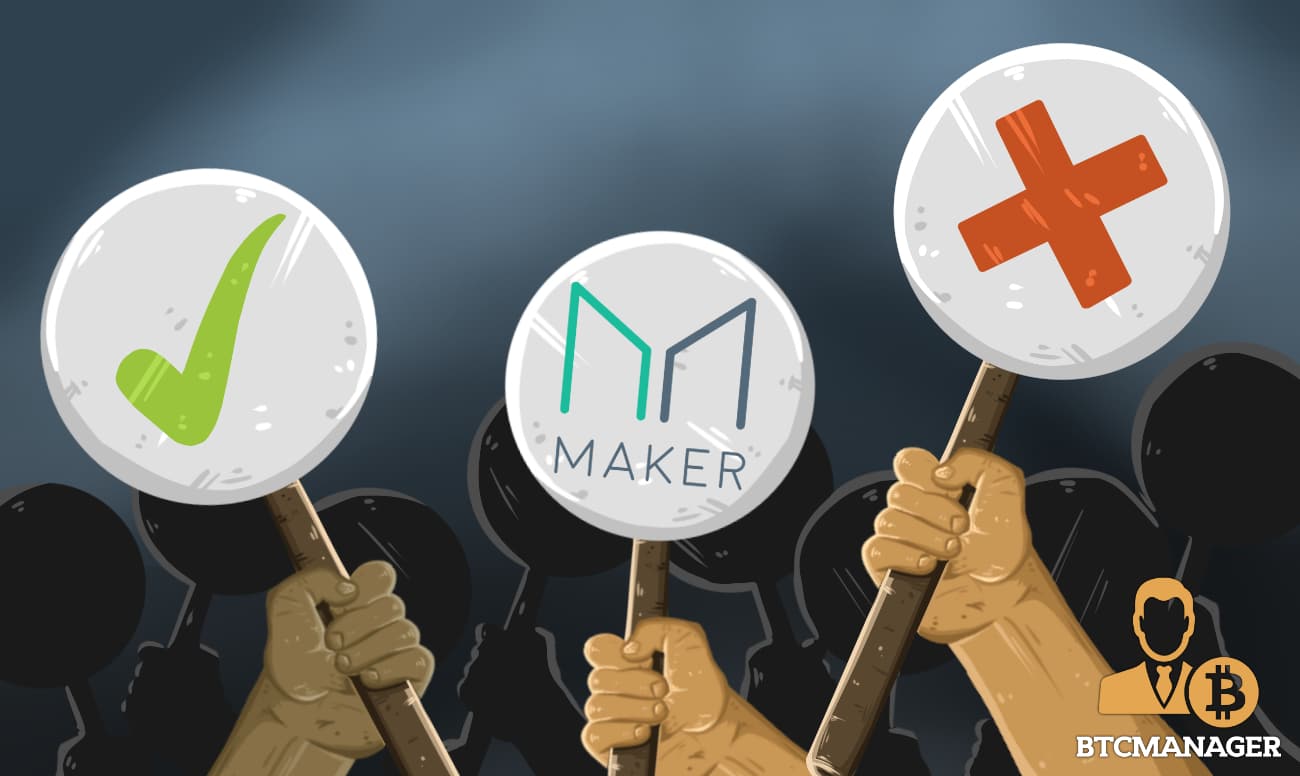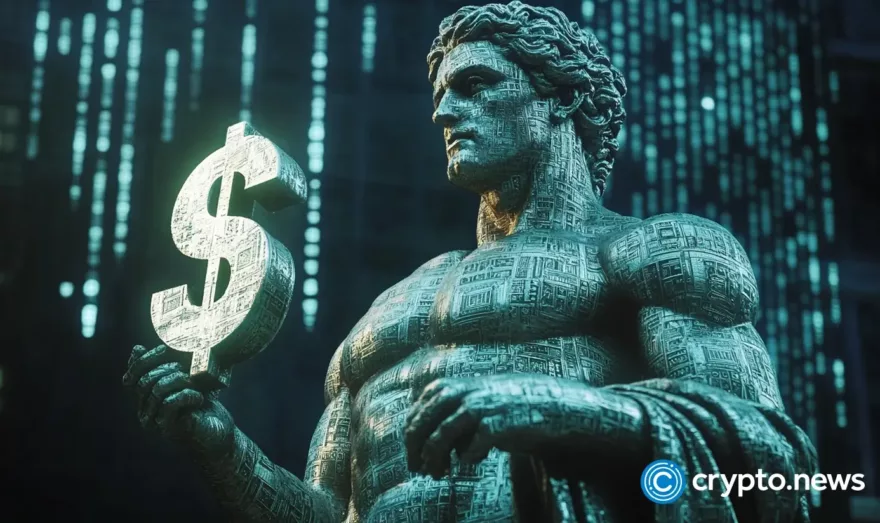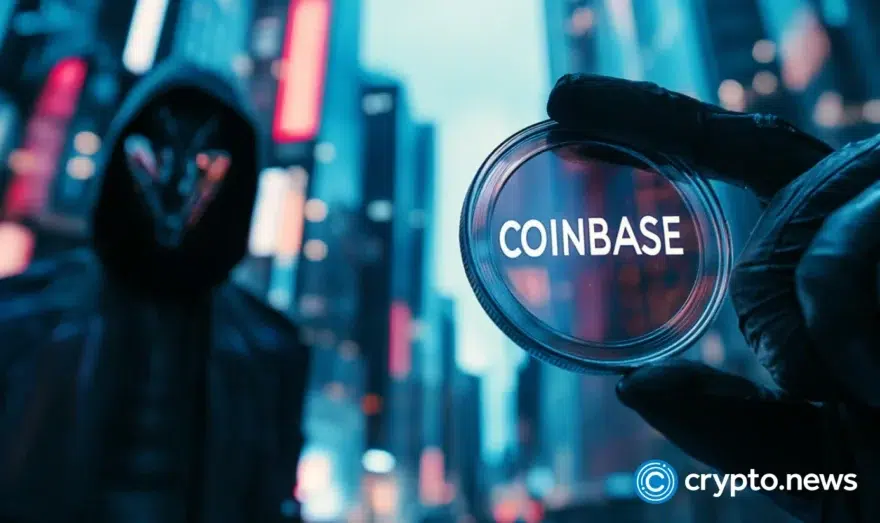MakerDAO Announces Multi Collateral DAI Issuances

In a positive move for DeFi and the MakerDAO community, users will soon be able to collateralize six ERC-20 tokens, apart from ETH. As per a blog post by the team, there will be a vote in the last week of July to decide the prioritize the order in which the six tokens will be added, June 27, 2019.
Token Liquidity on Maker
The MakerDAO network will soon allow users to borrow DAI by posting collateral of any of the following six ERC-20 tokens: Golem (GNT), Augur (REP), Basic Attention Token (BAT), 0x (ZRX), OmiseGo (OMG), and DigixDAO (DGD).
Adding new assets is a strong move in garnering a new range of users and propelling the adoption of DAI. Each collateral type will be reviewed and voted on by holders of MKR before they are added to the network.
As the number of assets on the network increases, the depth of independent risk teams participating in the governance process is hoped to grow in order to ensure the safety of users and efficiency are not compromised. By initially focusing on this first set of ERC-20 tokens, the Foundation can accelerate governance efforts at a steady pace, rather than suddenly enabling the use of a wide range of assets that could cause a security lapse.
On July 9, 2019, the Maker Foundation will publish it’s proposed collateral onboarding guide and the application that community members must submit for accepting the proposal. A list of critical milestones that need to be achieved includes improving user experience, enhanced community consensus, audit systems, and thorough documentation of all the functions for various system operations.
Leading the DeFi Charge
Maker is undoubtedly one of the leaders in the Ethereum DeFi ecosystem. The DAI token has gained massive traction on other dApps built on Ethereum and has even gotten listed on Coinbase. Though the Foundation has an unusual hierarchy, it may simply be a shifting norm within the industry.
With the addition of six new tokens and more in the pipeline, the Maker network is turning into an ideal loan structuring platform. The only major risks are the collateralization and underwriting woes that could occur during bear markets when CDP liquidations are more probable.













